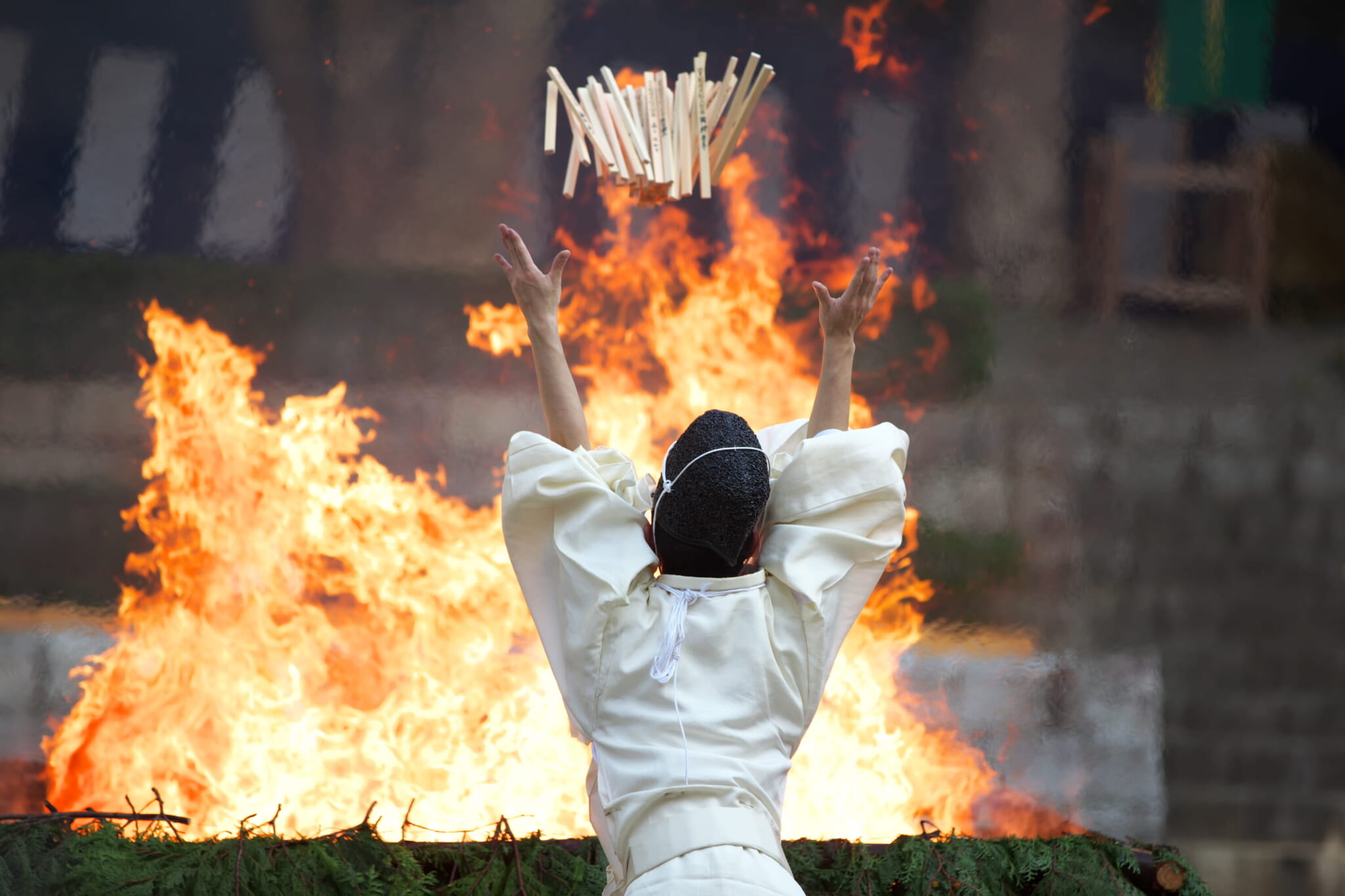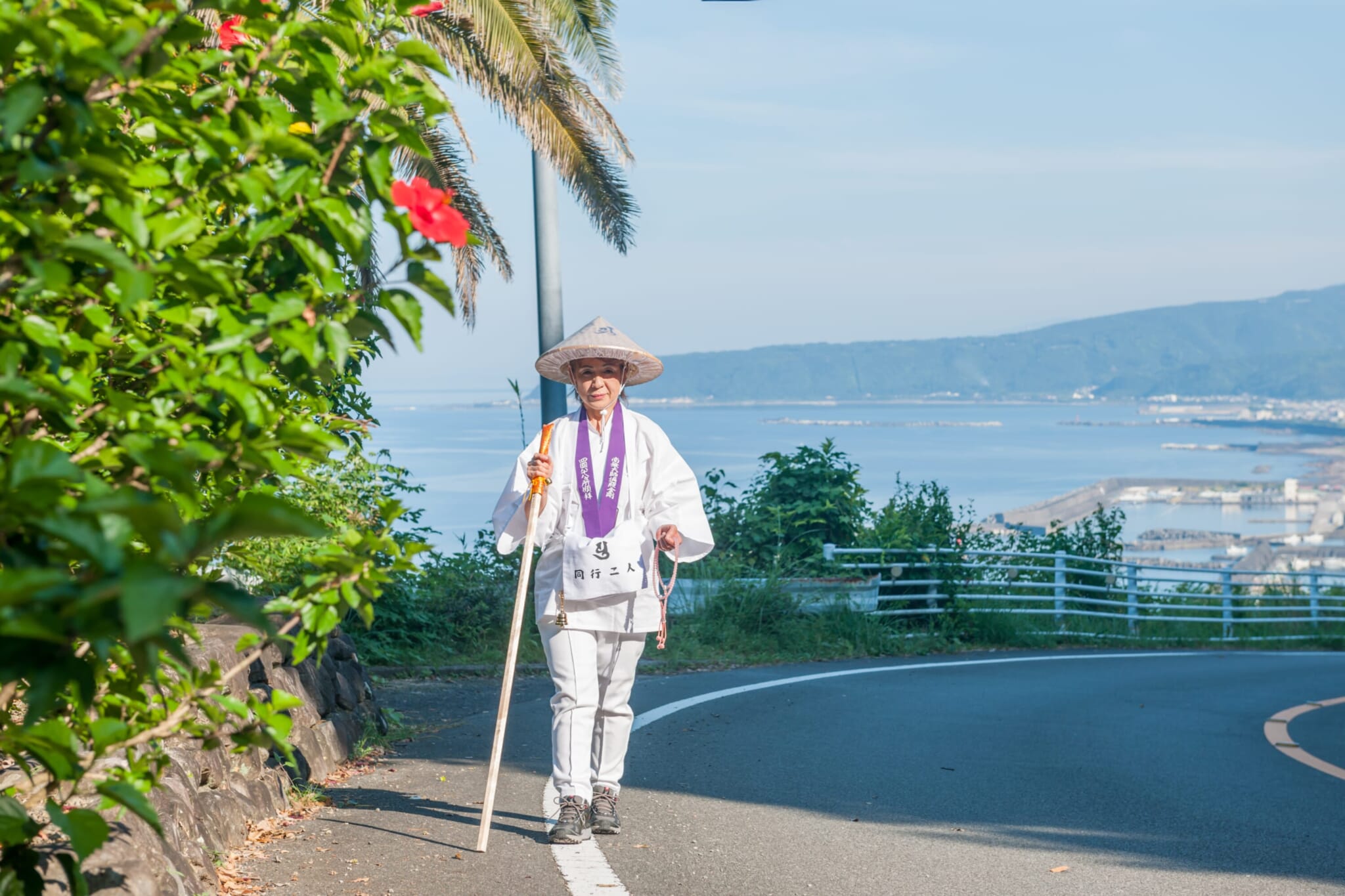
Pilgrimage
Japan is not necessarily a religious country, with many of its people following a mix of Shinto and Buddhist traditions. However, there are several pilgrimages which take pilgrims on a trip across the country. One of these is the Shikoku Pilgrimage, which consists of 88 shrines and temples and remains one of the very few circular pilgrimages in the world.
The Shikoku Pilgrims have to make their way over 1,400 kilometers of land, visiting each shrine. In the past, this consisted of walking over 40 days, but nowadays even traveling by car is permitted. The walking option is said to be the most beneficial although also the priciest, whereas a car takes only 10 days and is the cheapest. Many modern-day pilgrims mix walking with the use of public transport.
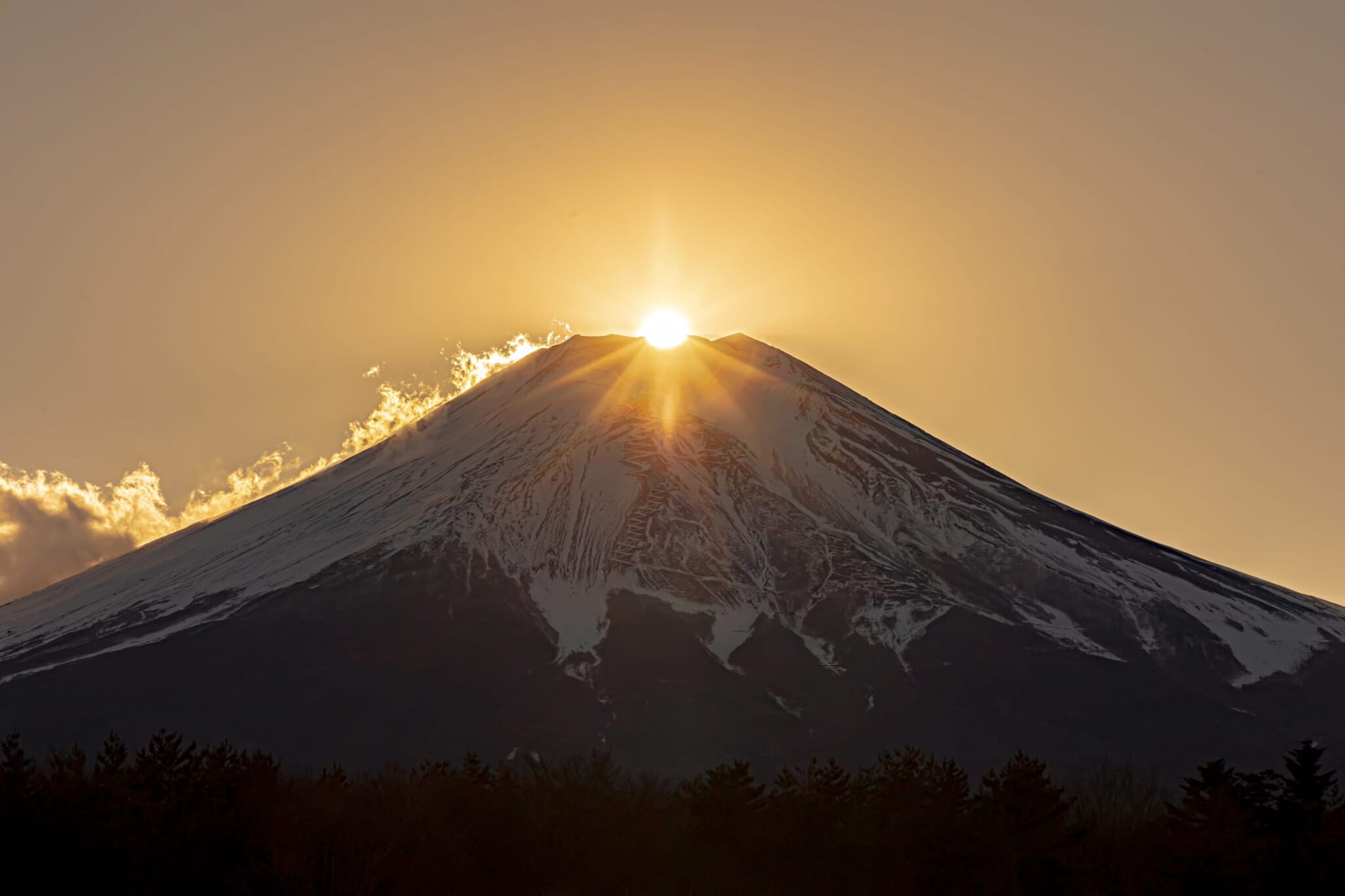
Hatsuhinode
Hinode is another word for sunrise and refers to witnessing the sunrise of the day. Hatsuhinode is the tradition of experiencing the first sunrise of the year from the highest point possible. For this reason, climbing a mountain on New Year’s Eve is a popular activity for many Japanese people.
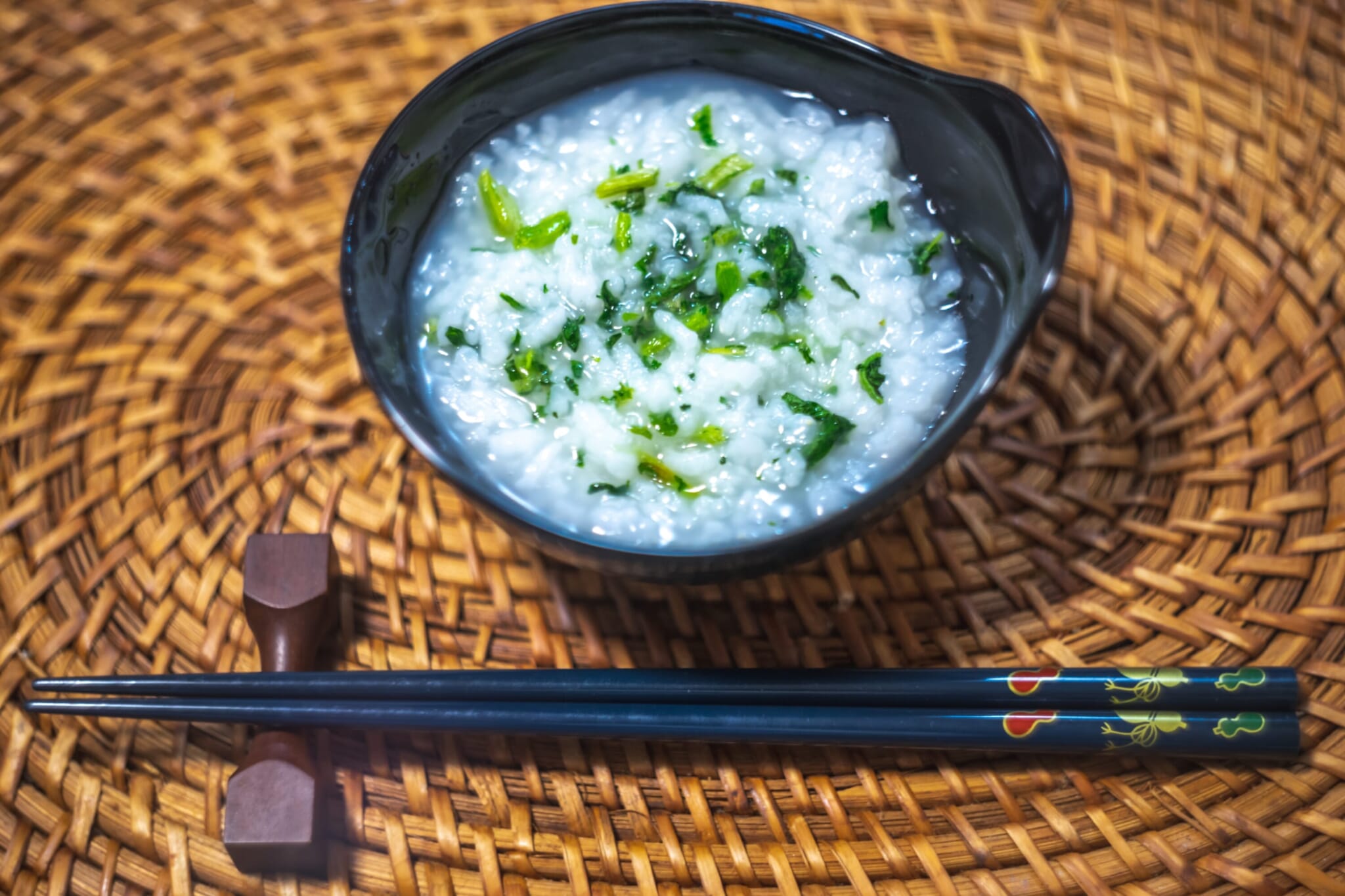
Nanakusa-Gayu
Every year, on January 7, a special soup called nanakusa-gayu is eaten by many people. The soup is essentially a rice porridge, known in Japan as o-kayu, which contains seven special green herbs. Eating it on this date is said to represent health and prosperity for the year to come. Stores here sell special sets for people to make their own nanakusa-gayu at home. For those outside Japan, dried sets are also available to buy online.
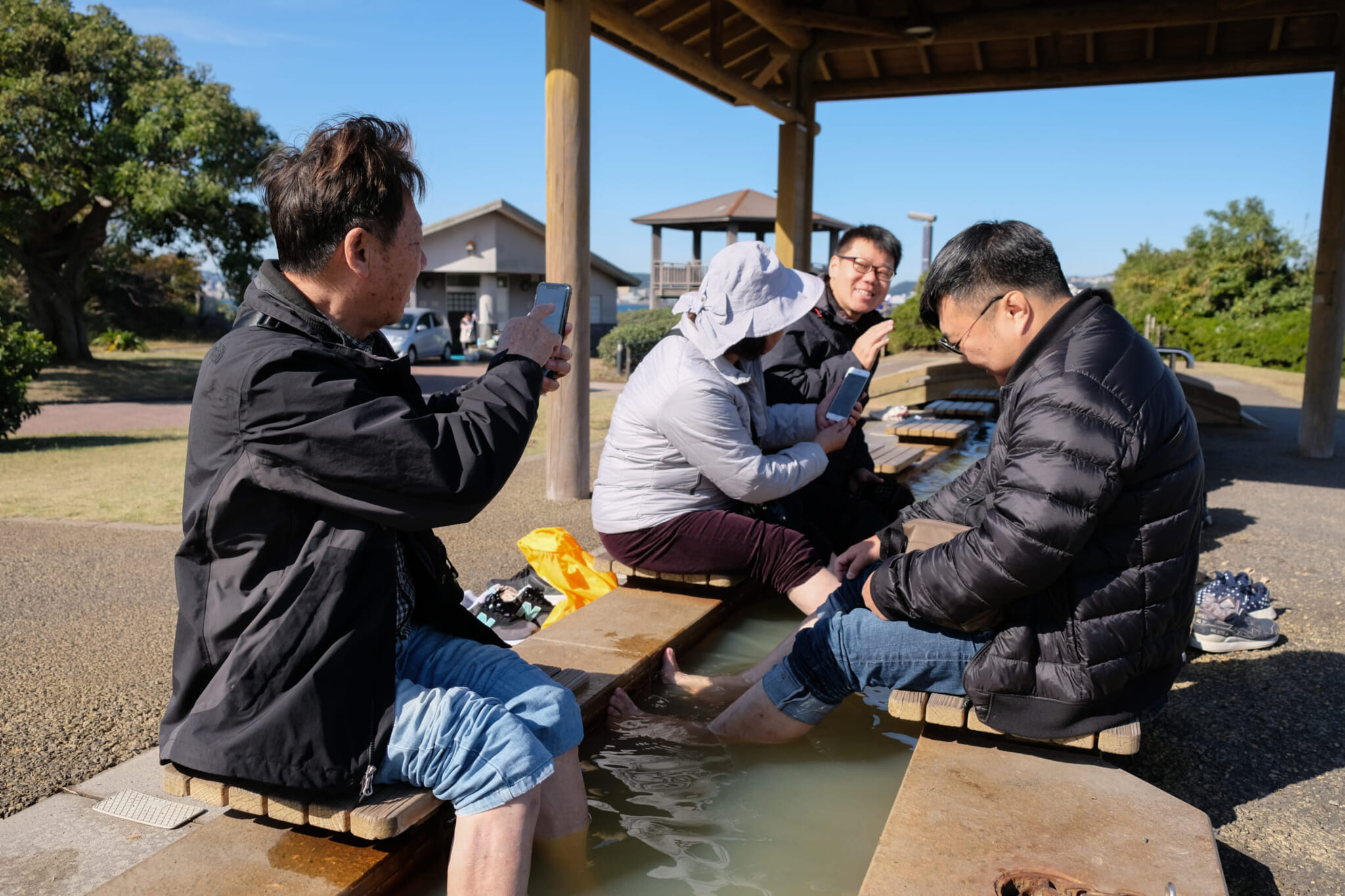
Farmer Hibernation
Touji, the season when farmers leave their farms and live at hot spring resorts for the duration of winter, is dying out. That, though, doesn’t mean it’s dead. In the past, before air conditioners and greenhouses, the weather was too cold for farmers to do any actual farming in winter. They took this opportunity to refresh and recharge at a local hot spring. The farmers would stay at a hot spring facility for a week, month or sometimes even longer. Nowadays, the practice is not observed as much as it once was, but former Touji hot springs are seeing this as a way to target remote workers. What could be better than a daily soak in a hot spring bath after a long workday?
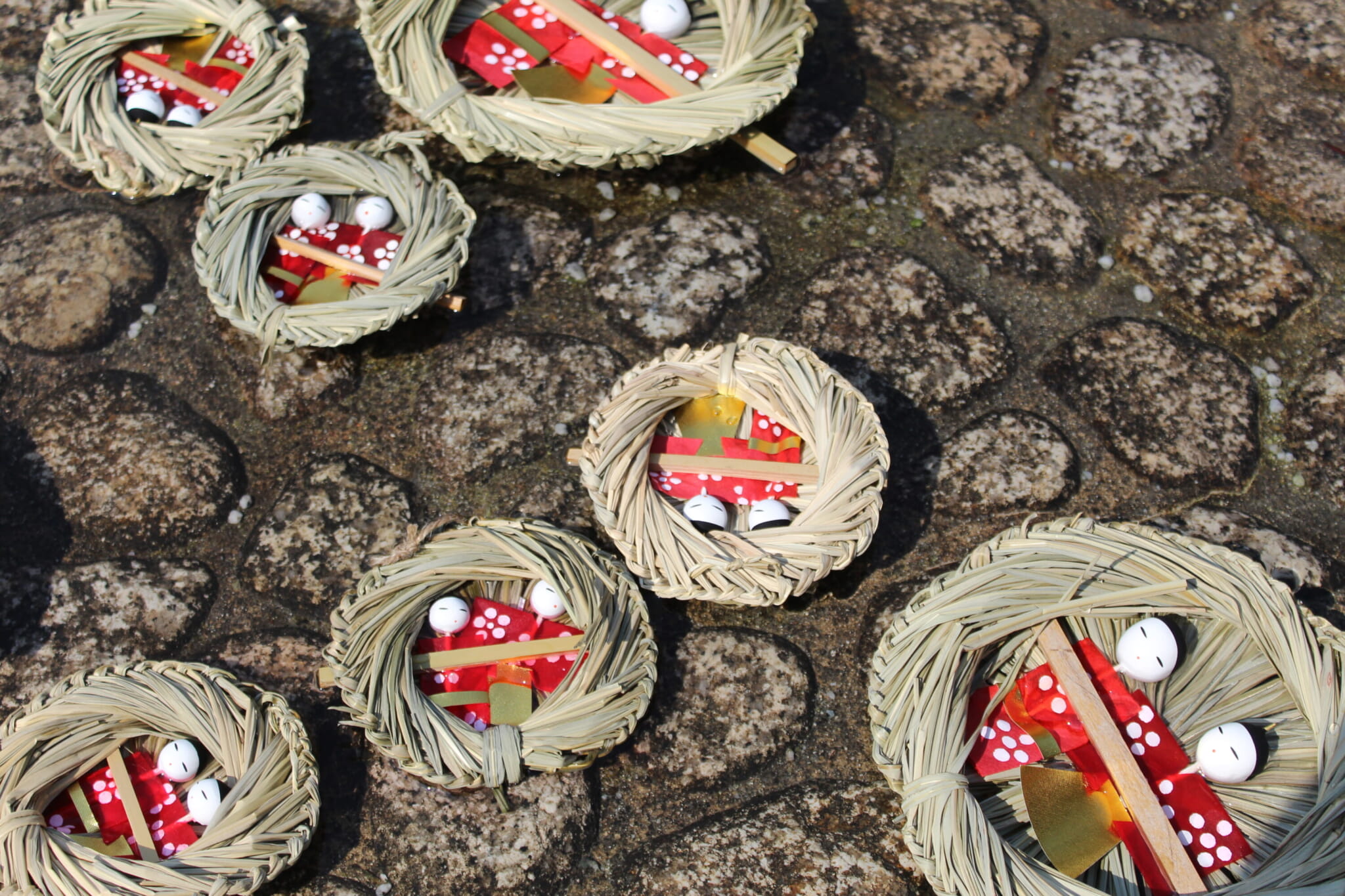
Nagashi-Bina
In Japan, there are various festivals which incorporate the use of dolls, most famously the Hina matsuri. This festival is believed to have begun nearly 1,000 years ago in the Heian Period (794–1185) and is linked to a similar Chinese tradition. A set of special dolls would be displayed around the home during the Doll Festival period and in some places, nagashi-bina would take place. This is the practice of floating dolls down a river, to symbolize the floating away of misfortune.
While nagashi-bina has become rarer throughout the years, there are some dedicated groups keeping the tradition alive. One of these is the Edo Nagashi-Bina Association, which runs the Edo Nagashi-Bina event in Tokyo along Sumida River each year. It is so popular that people have to apply if they want to release a doll into the river. Each year, 1,500 people are selected from the applicants. These lucky few can release their dolls into the river and wash away that bad luck.
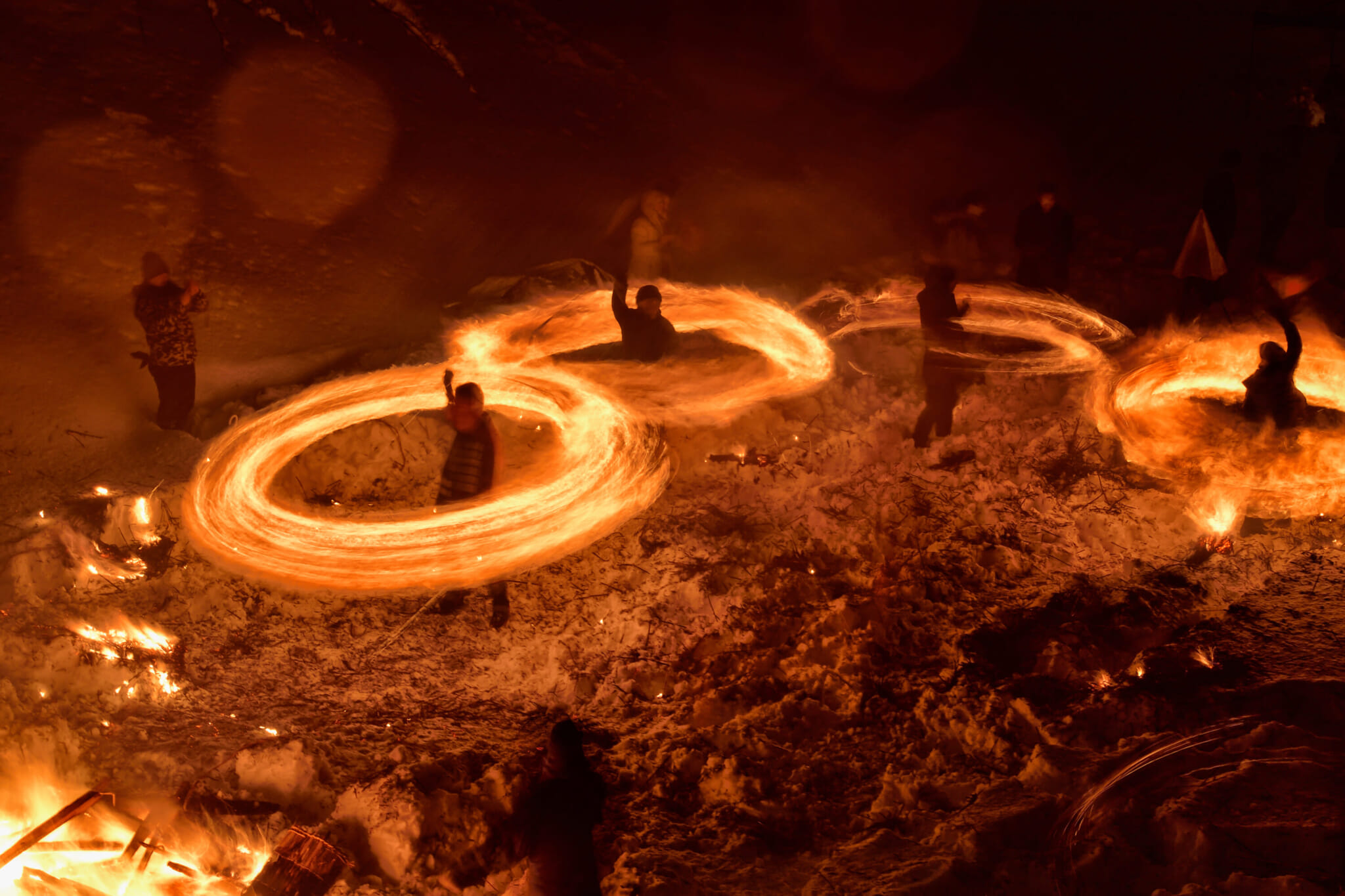
Akita Kakunode Fire and Snow Festival
Fire Festivals
Japan loves a good party. One way to do this throughout the year has been with fire. From the religious to the memorial there are many fire festivals. One of the oldest is called the Shuni-e Ceremony or Omizutori, a two-week-long Buddhist celebration held at Todaiji Temple in Nara Prefecture. Over 1,200 years old, Omizutori takes place in March. It features sutras, flames and water.
Another of the most famous fire festivals is the Nachi Fire Festival, which happens on 14 July each year in Wakayama. In Fukushima, in November, there is the Taimatsu Akashi Fire Festival, which commemorates fallen samurai and commoners, and hosts over 20 blazing torches. In Kyoto there is the Ohitaki Fire Festival.
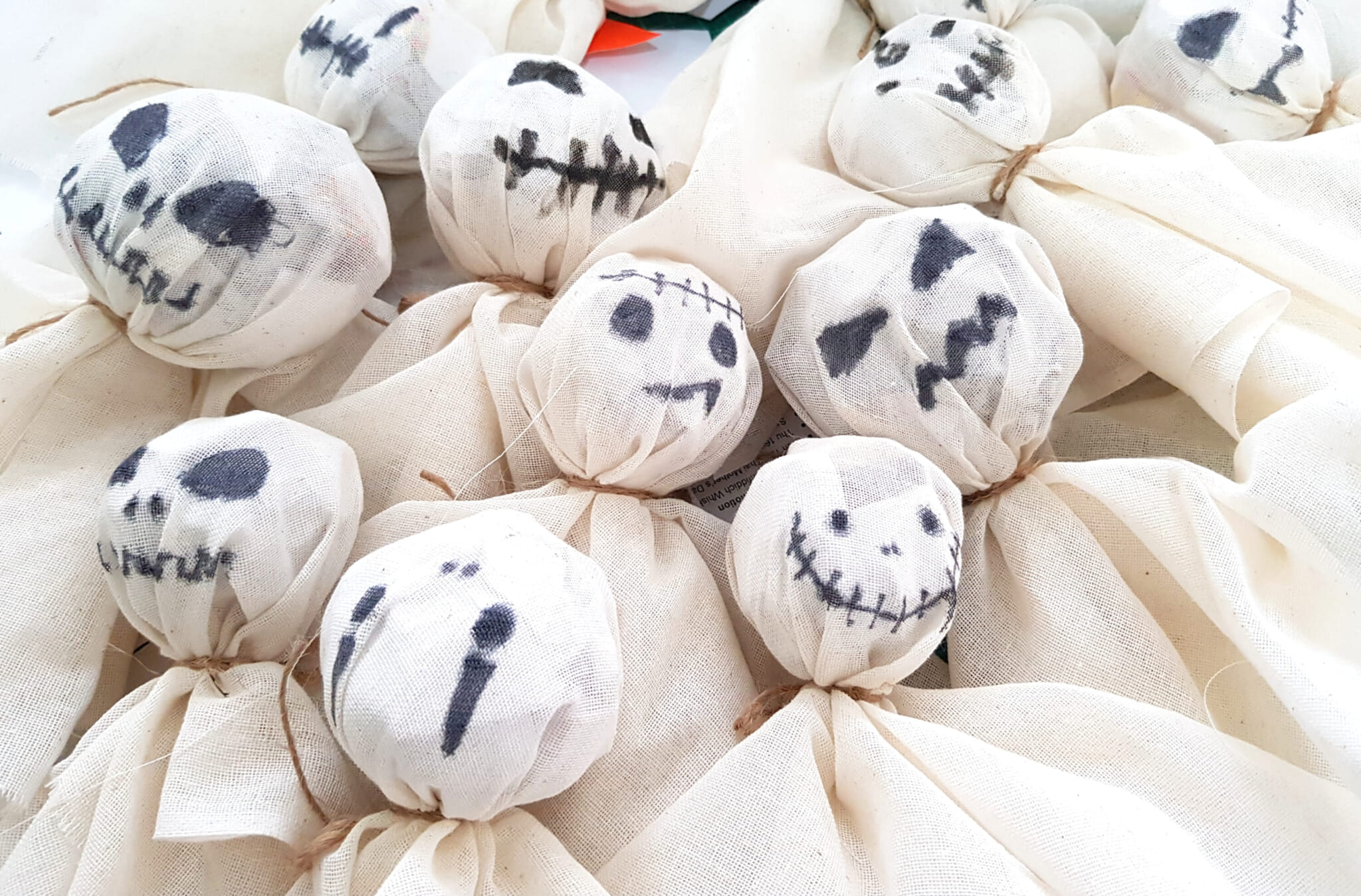
Summertime Ghost Stories
In the west, the time for telling ghost stories is when the night gets dark, around Halloween in October. In Japan, however, spooky tales are often told in the summer. This is the season when Japan celebrates Obon, a festival a little like All Hallow’s Eve, when people go back to their family homes and pay their respects to the dead. Needless to say, this focus on death sometimes leads to a few horror stories. Known in Japan as kaidan, Japanese ghost stories, like J-horror movies, can be terrifying. Japanese people might also go ghost hunting at shinrei spots.

